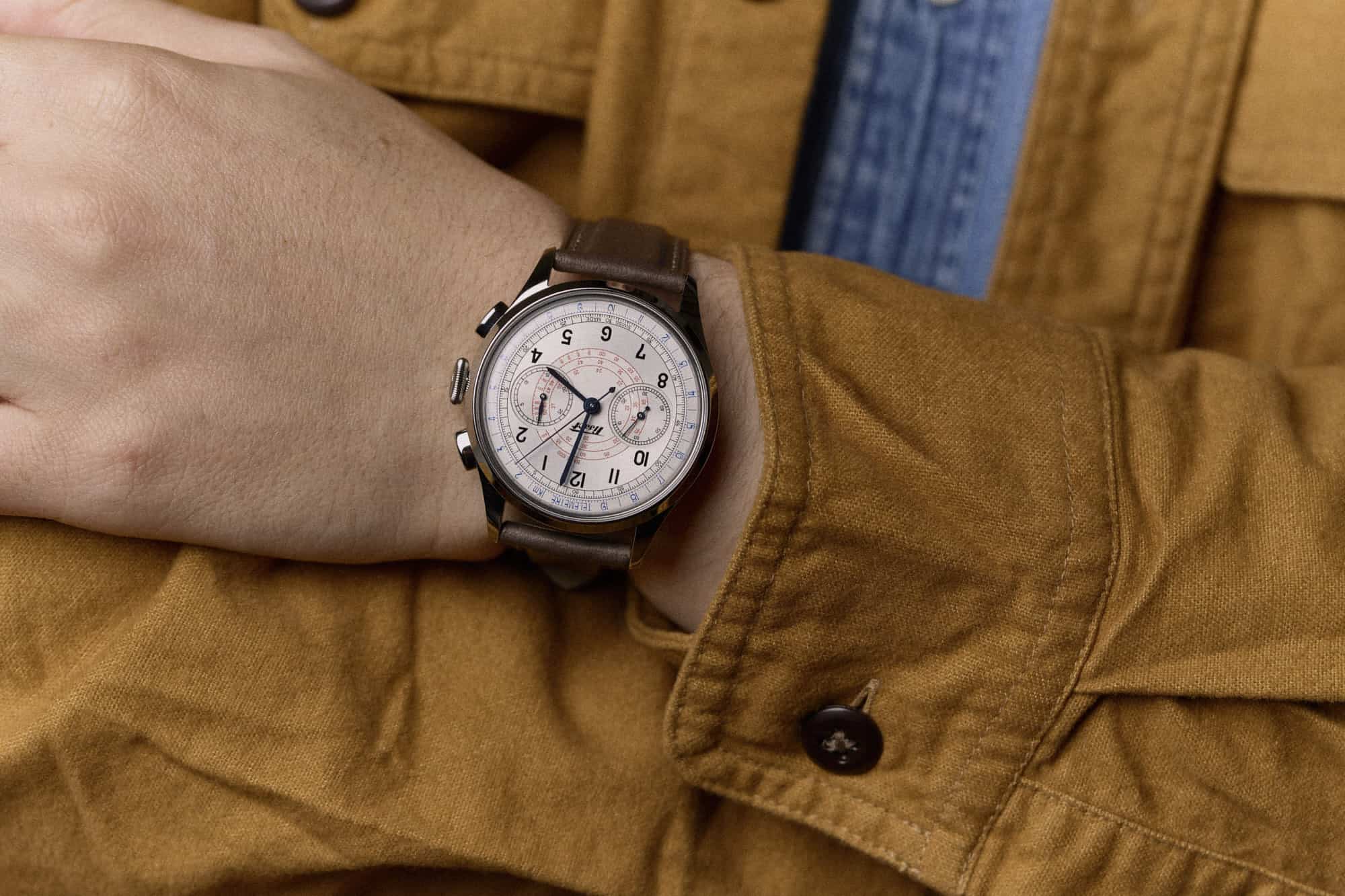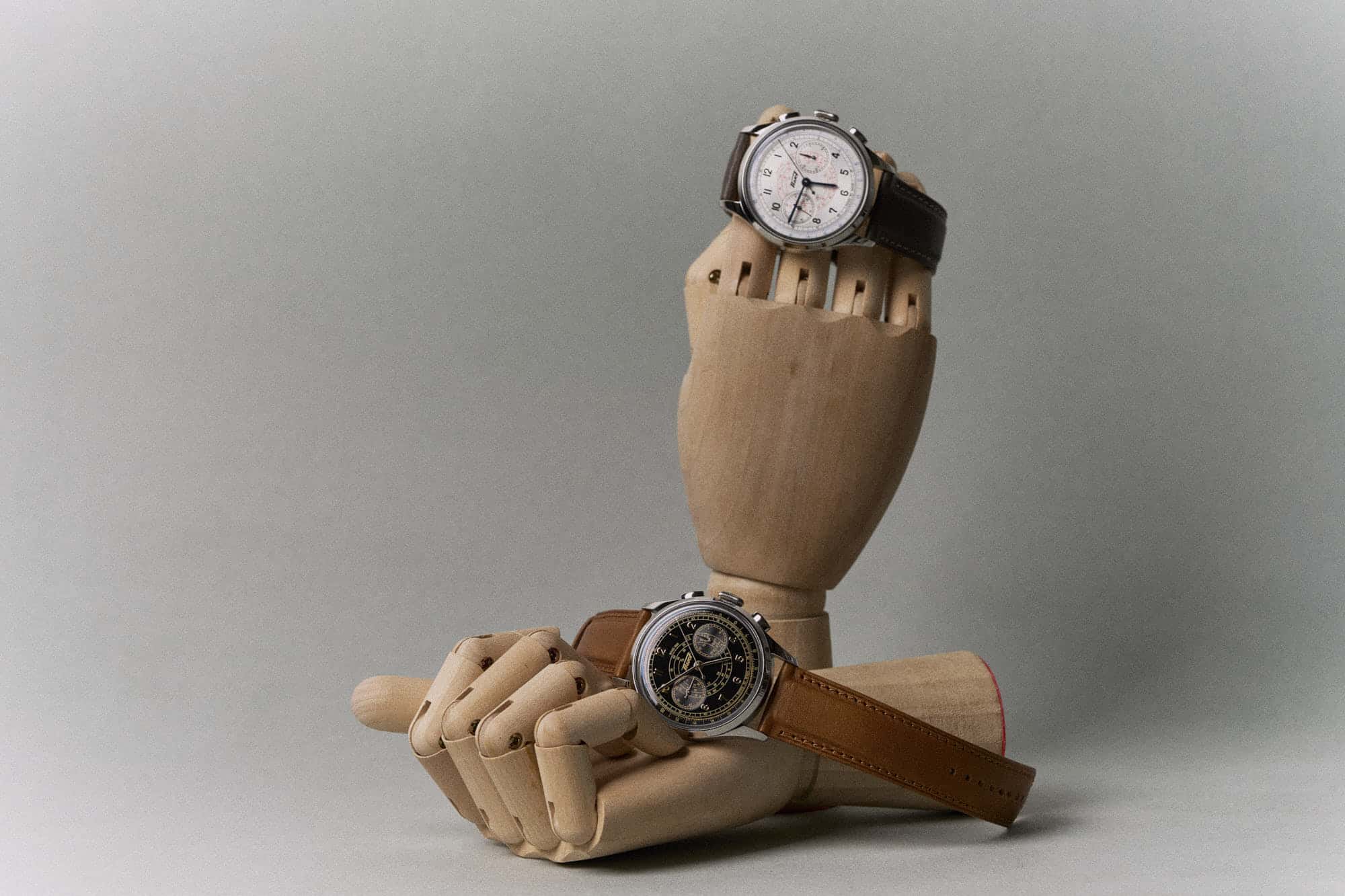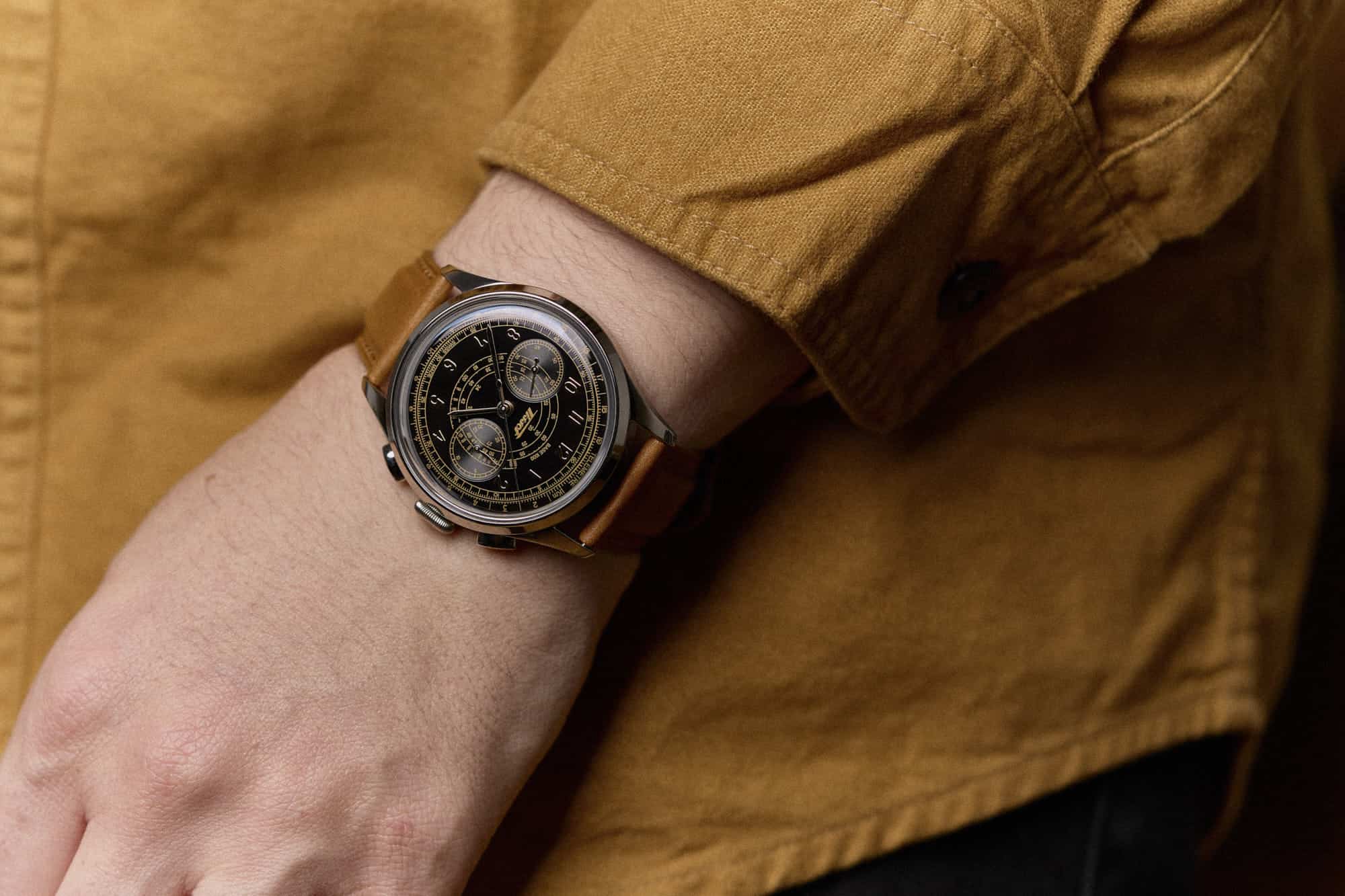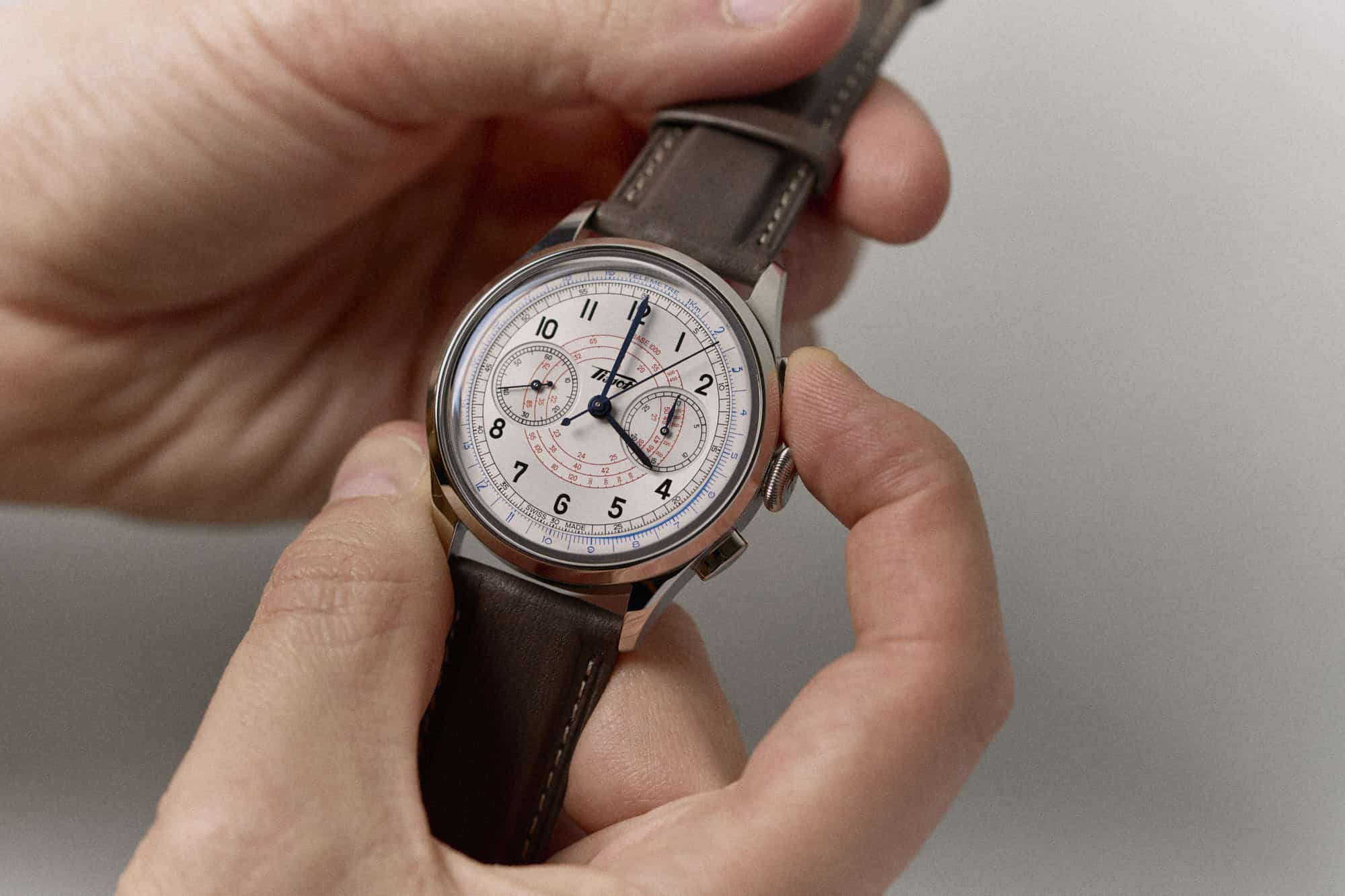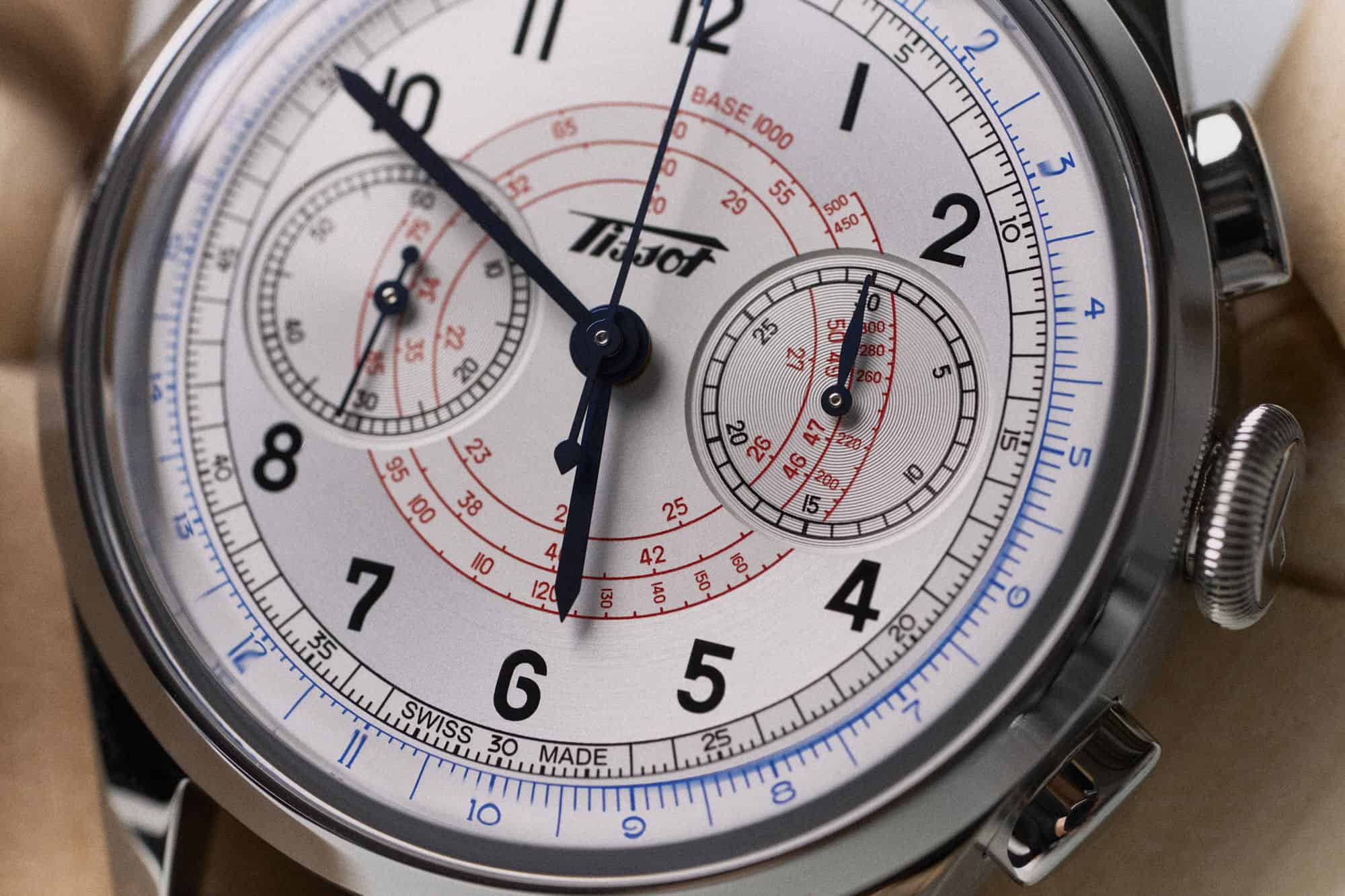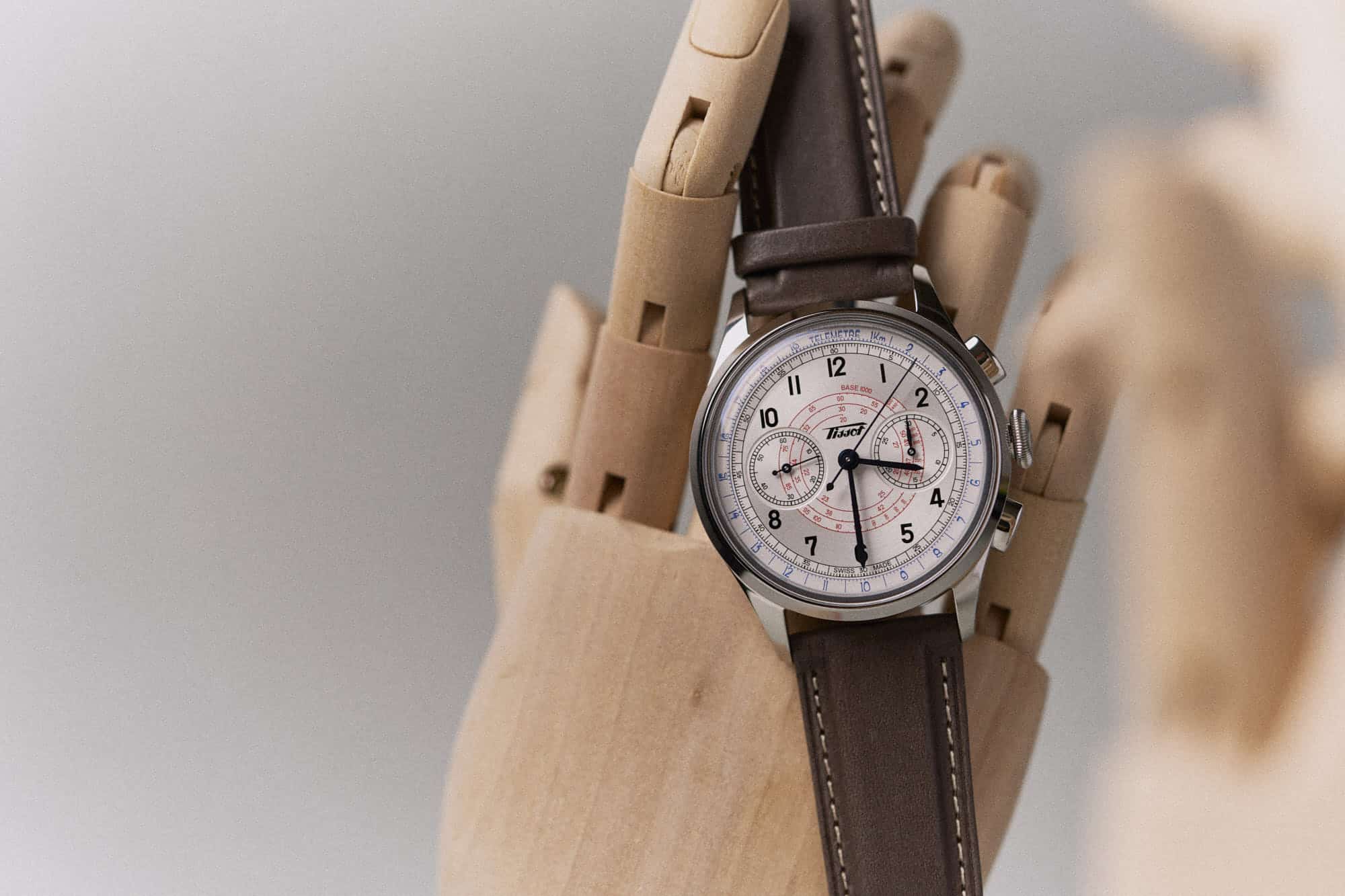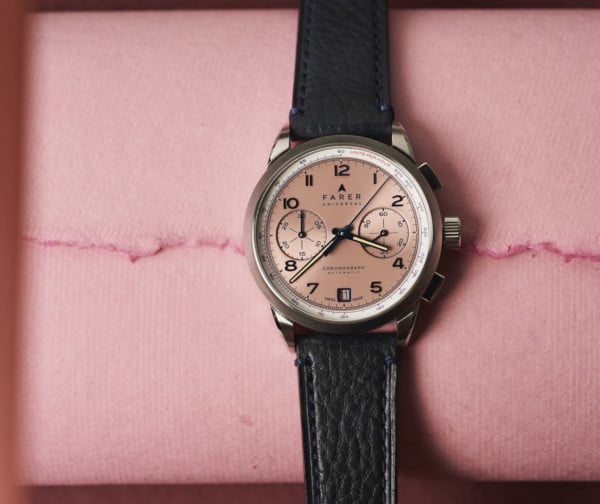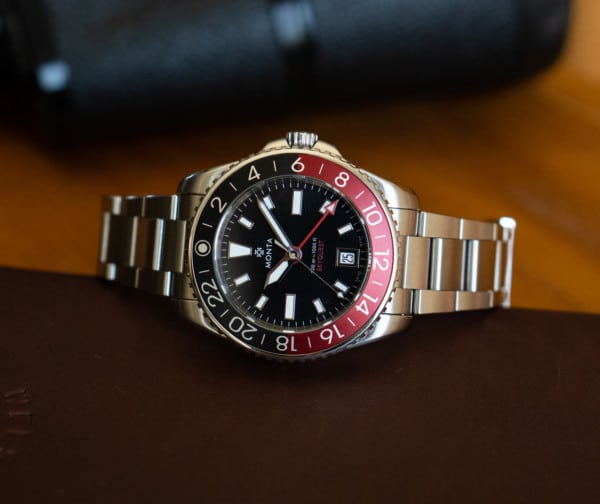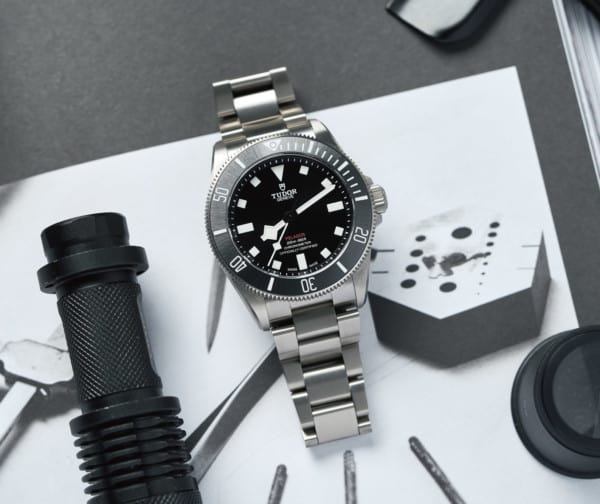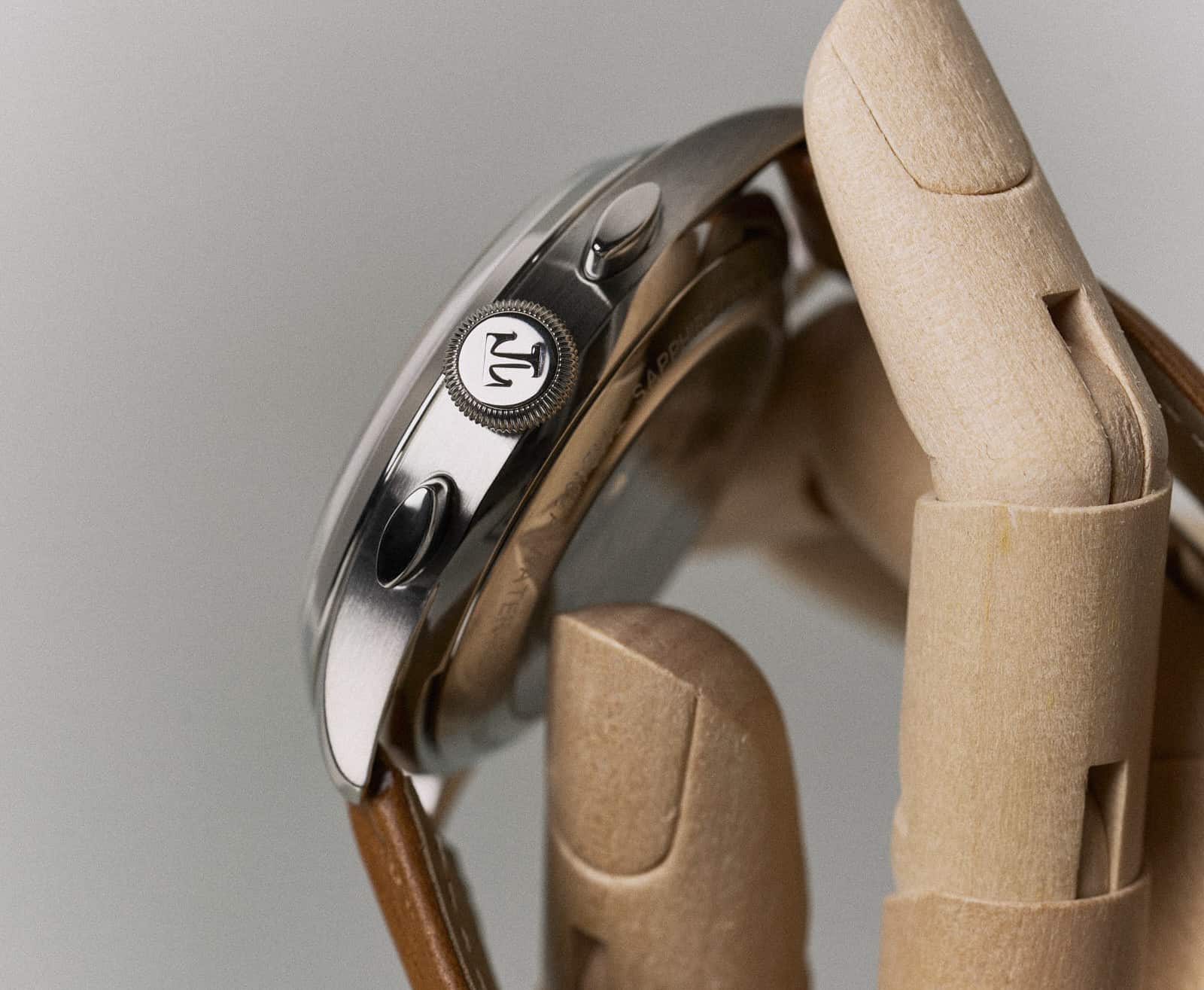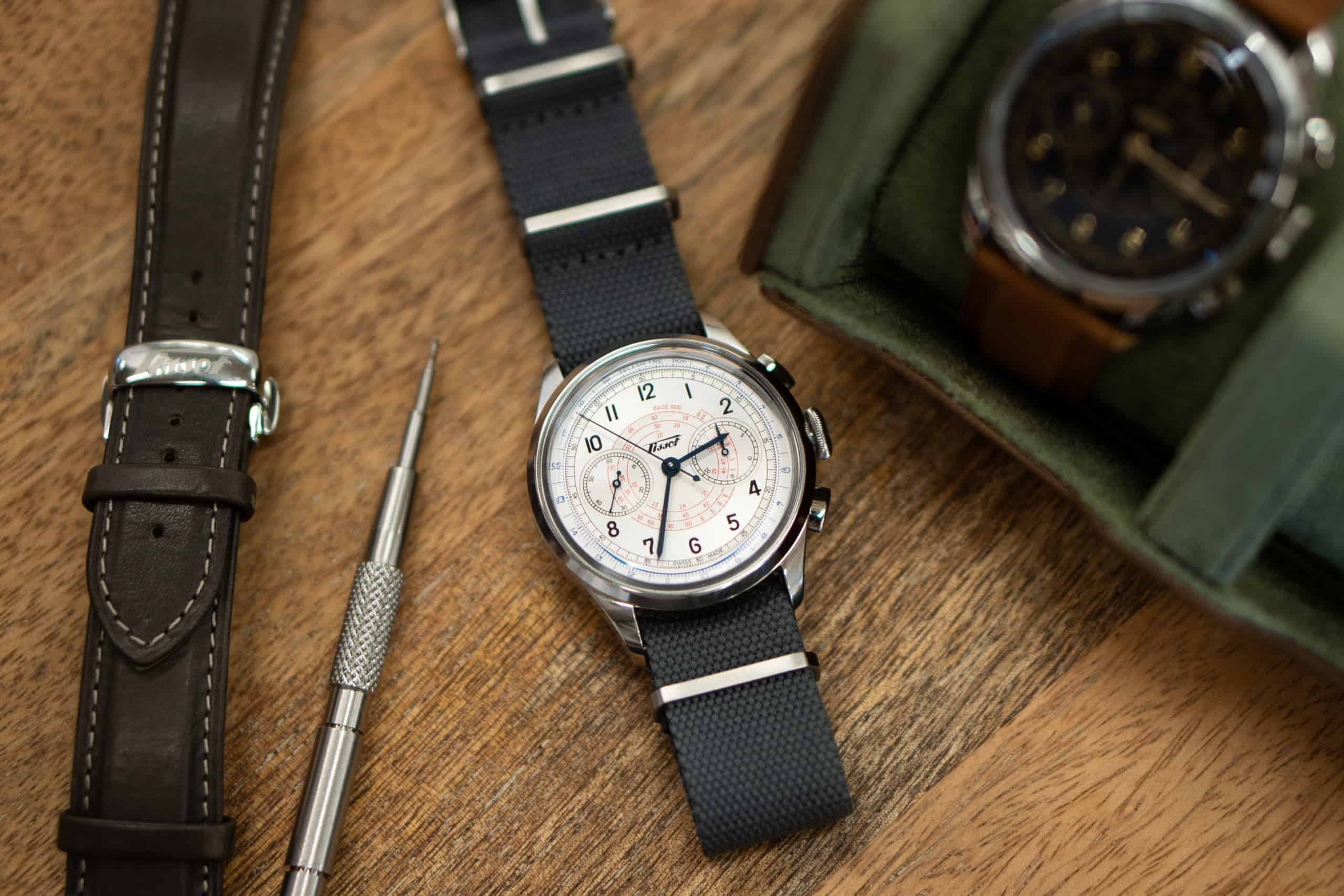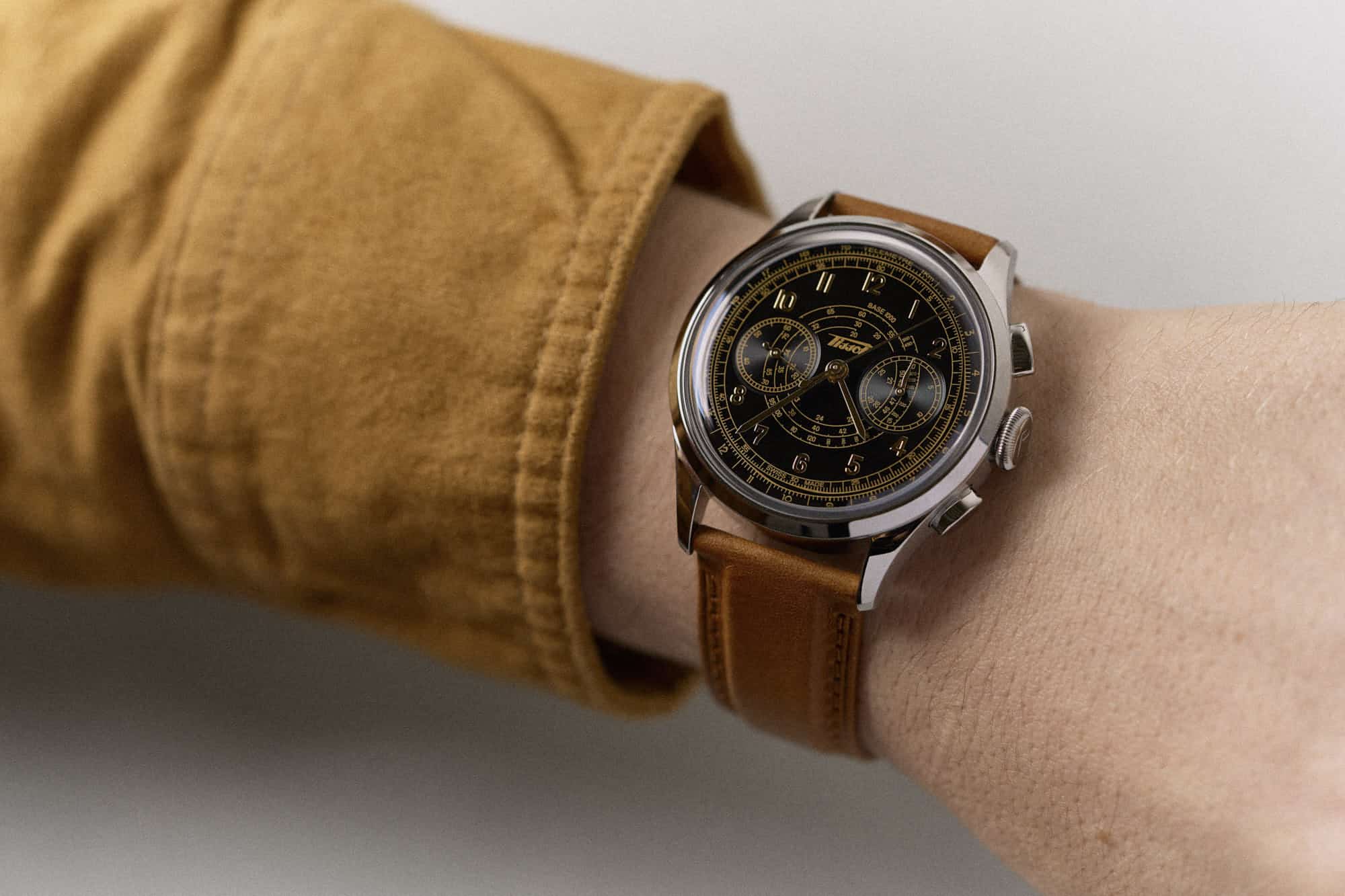Over the course of my young collecting tenure in the hobby, I’ve developed a particular taste and preference for watches that fit my aesthetic and lifestyle. So what have I found out thus far? Well, if you give me a black dial, stainless steel sports watch that ranges between 36mm and 39mm (with a bezel) in width, and blends all of that together in a distinct design, I would be a very, very happy camper. That folks, is my watch comfort zone.
As easily as I could rattle off what I look for in a watch, I could do the same when it comes to certain qualities of a specific type of watch I’m uncertain about. These types of watches are the likes of larger cases in the 42mm plus range, chronographs, and colored dials. Now the beauty of being a full-time watch writer is that I have the luxury to be around these pieces on a daily basis. I can still appreciate these types of watches from afar, without having to spend an inordinate amount of time with them. But more recently, I’ve noticed that the same appreciation has turned into curiosity. A couple of minutes maximum with, lets just say, a chronograph in the office has turned into a full-on weekend wearing the watch. I think it’s safe to say that my “Watch Horizons” are slowly expanding. But by how much? Well the only way to find out is to fully lean into the opposite direction of where my watch tastes currently lie. And what better way to do so with the Tissot Telemeter 1938 Chronograph.









 Featured Videos
Featured Videos




